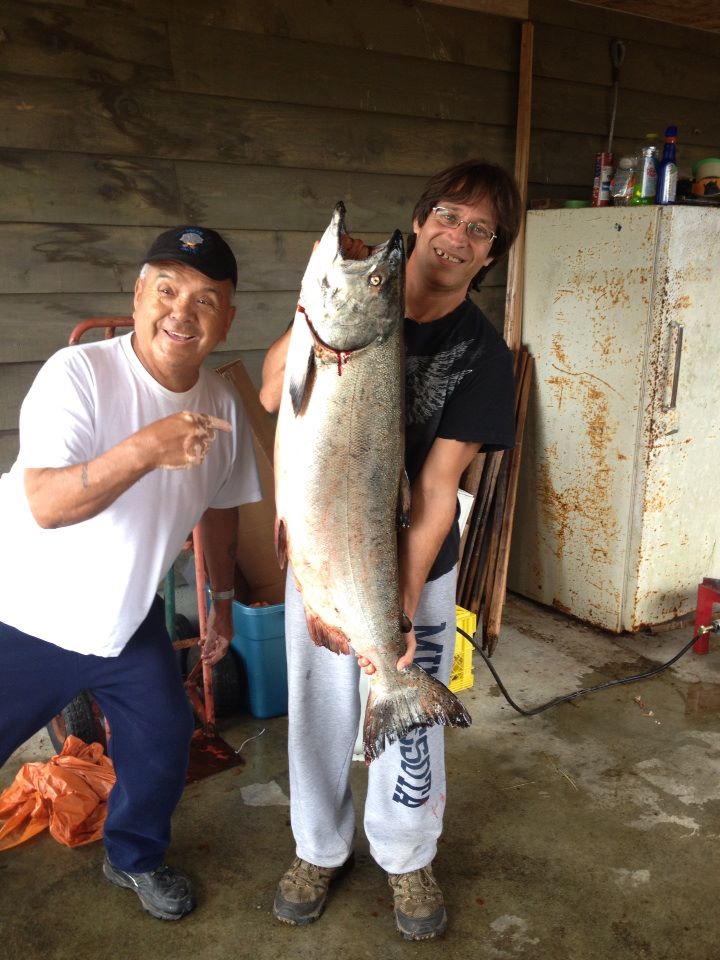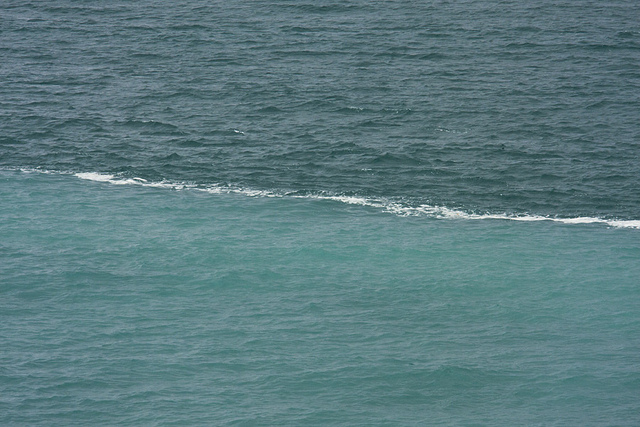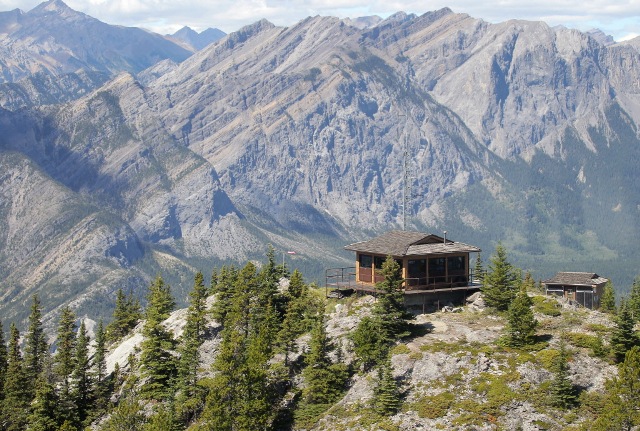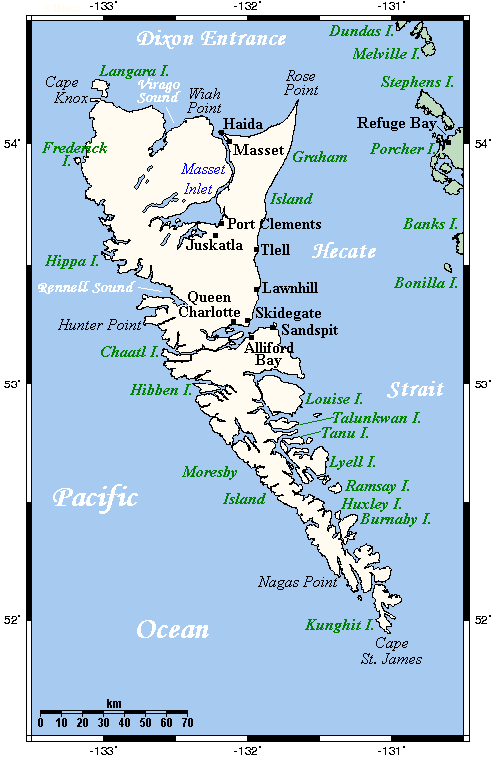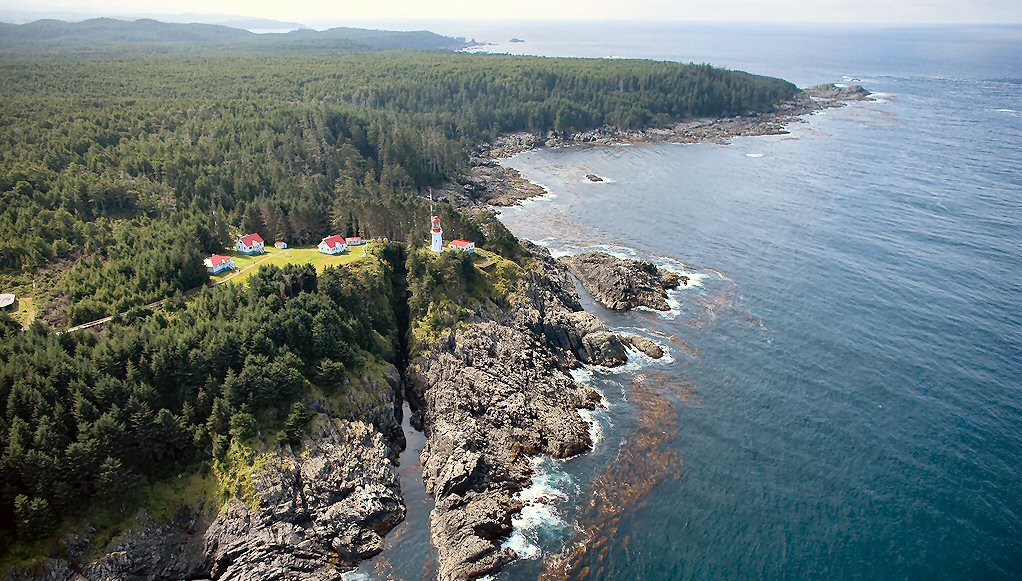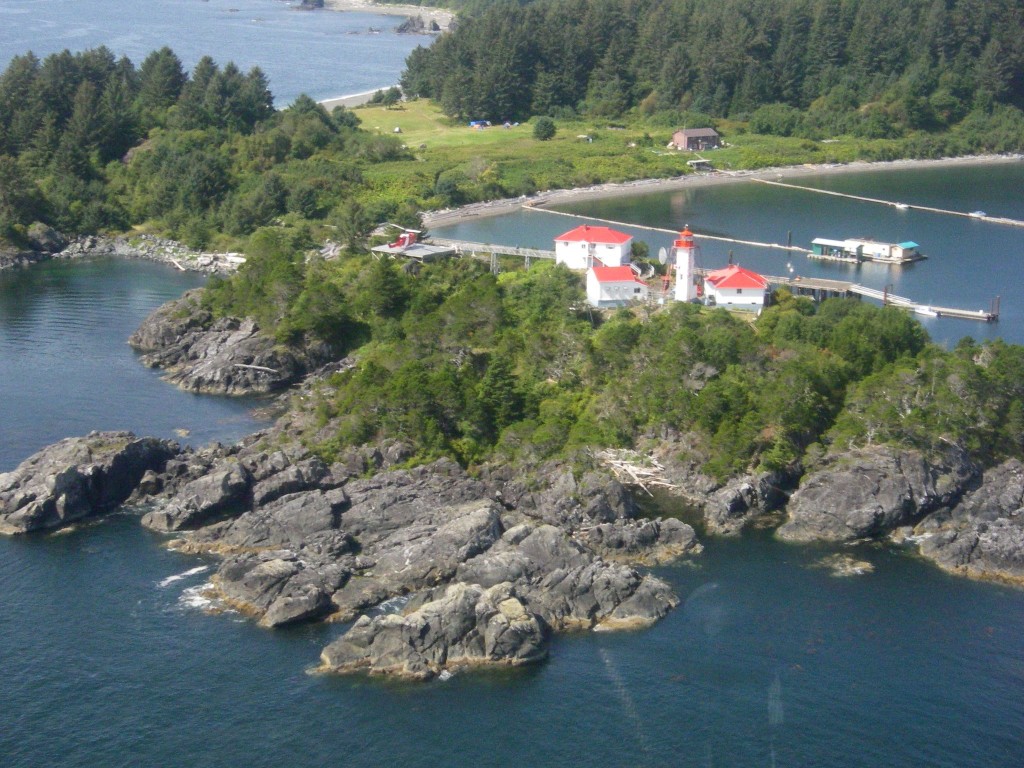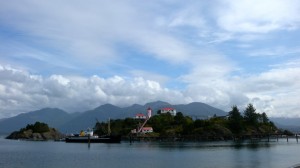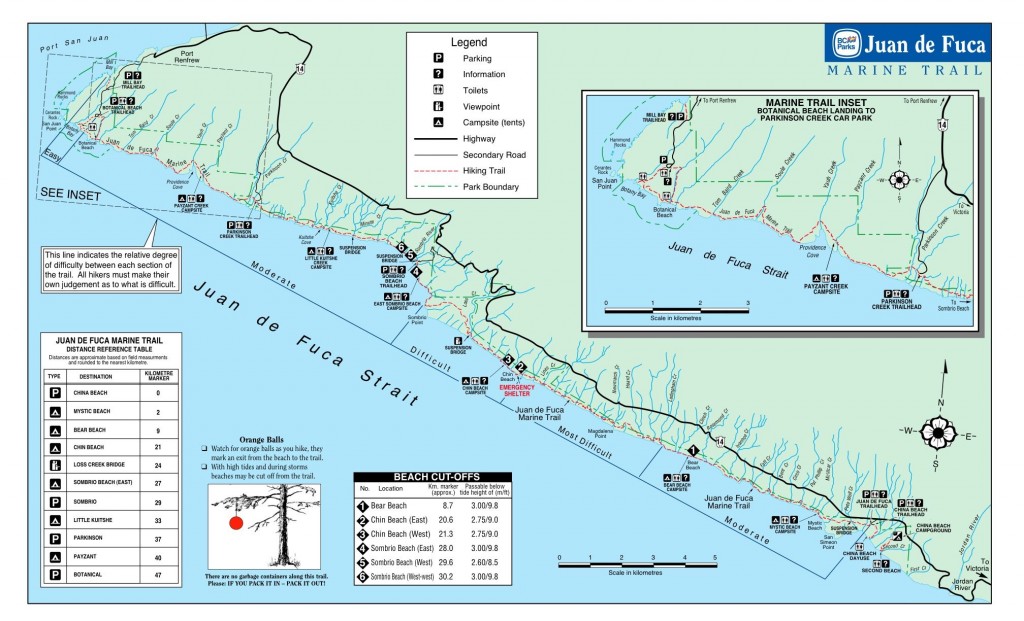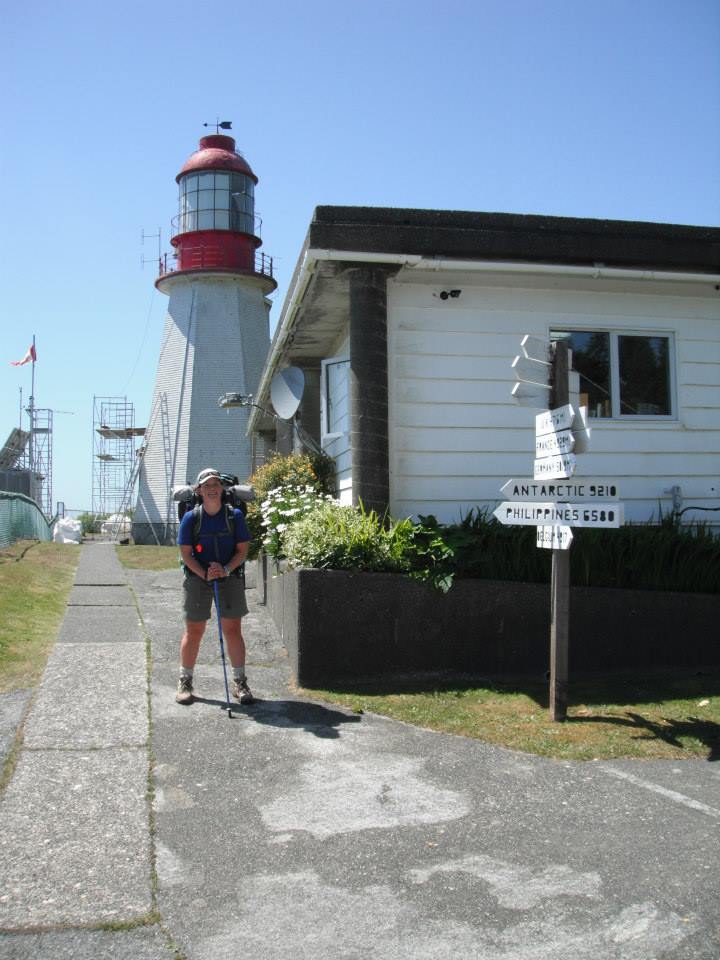The idea for this story came from an article in the Vancouver Sun newspaper. I asked for permission to reprint it here for all to see, and they said I would have to pay them. This was an article about the Inside Passage ferry trip with mention of a couple of lighthouses – very few actually. I am not even going to mention the title of the story – how can they turn down free advertising. 😉
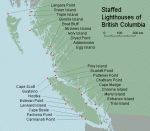
When you visit Canada do you plan on seeing some lighthouses? We have twenty-seven (27) manned lighthouses on the west coast of British Columbia (BC); Canada. There are other unmanned lighthouses that are available for viewing also. You can see some of them if you wish with the BC Ferries, plus enjoy wonderful trips through BC waters.
The Inside Passage
Let us start with the longest trip first. How about fifteen (15) hours on a luxurious ferry in daylight so that you can make many photos. Fifteen hours may seem like a long time, but there is so much to see that time flies by, especially if the weather is fine.


There are two ferries on the route (2013) – the Northern Expedition and the Northern Adventure. You can actually follow them live on this website.
Continue reading Inside Passage Ferry Trip to Visit Some of the Lighthouses
